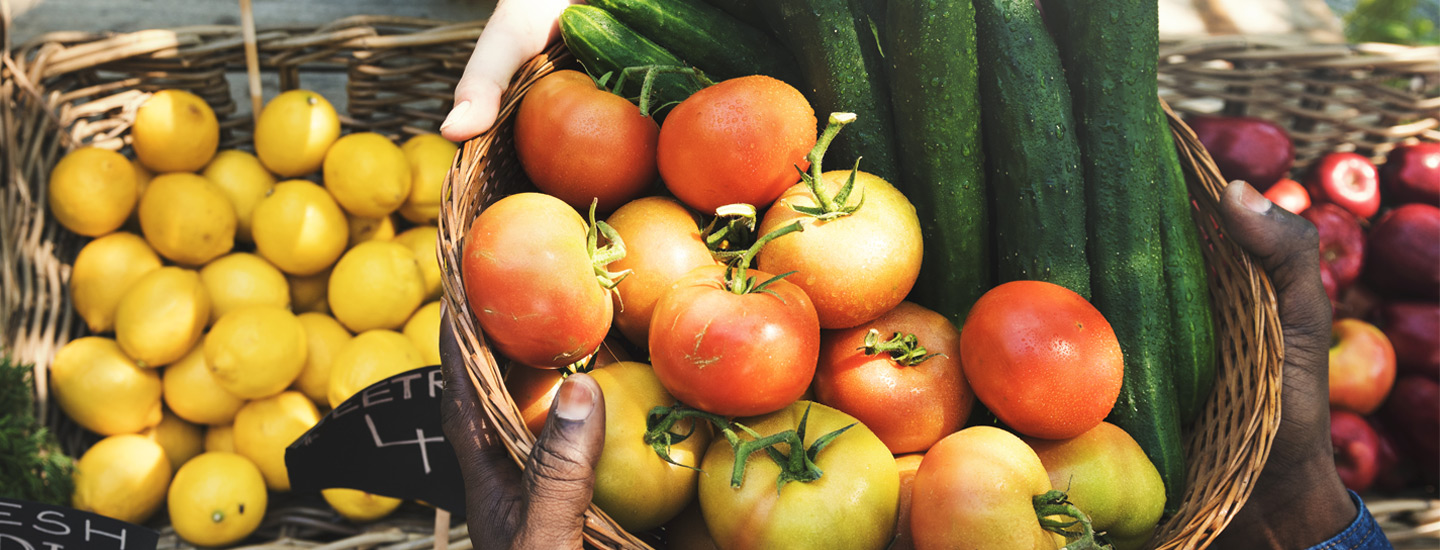
Thanks to our climate, the Sunshine State enjoys one of the longest growing seasons in the country. There’s an abundance of fresh, seasonal food to enjoy this time of year, available at your local grocery store, farmers market, and food bank. This inspired our Florida Nutrition Education team to create a holiday menu that’s festive, flavorful, and built around ingredients harvested fresh from Florida. Every recipe is approachable, nourishing, and delicious, a perfect way to enjoy wholesome, comforting food during the holidays.
Read Full News PostThe Farm is one of the first sites participating in Florida Fresh Dollars, a brand-new pilot program aimed at helping residents facing food insecurity access more fruits and vegetables. The effort runs alongside Fresh Access Bucks, a long-standing statewide nutrition incentive program for SNAP shoppers. Together, the two initiatives are funneling more affordable, Florida-grown produce directly into local kitchens, and The Farm is leaning in with everything it’s got.
Read Full News PostIn an intimate interview with Robin Safley, CEO of Feeding Florida, and Senate President Ben Albritton, Steve Vancore dives into the Farmers Feeding Florida, the connection between supporting Florida agriculture to help Florida’s food insecure population, and the Senate President’s Rural Renaissance initiatives.
Read Full News PostSometimes our food banks have to distribute food directly or further support larger pantries when the need arises. Because our food banks are dedicated to making sure every neighbor across the state has access to healthy food, they use a variety of distribution models designed to reach people wherever they are. This may look different if it’s a scheduled pantry distribution, a holiday effort, or during emergencies. But blue skies or grey, Feeding Florida’s food banks are moving food into communities and into the homes of the people who need it most.
Read Full News PostYet another nonprofit food bank organization is stepping up to help Floridians during the federal government shutdown that has disrupted federal Supplemental Nutrition Assistance Program (SNAP) benefits. Feeding Florida is deploying increased distributions to help ensure families, seniors and veterans get essential sustenance every day.
Read Full News PostFlorida might evoke images of beaches and citrus, but the Sunshine State boasts a 500-year-old cattle industry with deep roots in its history and identity. Today, that ancient industry is fueling a modern mission: feeding Florida’s food-insecure population. Here is an inside look at the history of Florida beef, the story of one dedicated rancher, Joe Planz of Providence Cattle, and how high-quality protein is reaching those who need it most.
Read Full News PostHalloween is all about fun, costumes, and a few playful tricks, but it doesn’t have to be a sugar overload. Introducing healthy snacks during Halloween is a great way to keep the fun going without the candy-induced crash. At Feeding Florida, we believe in balance, so we tested a few fun, healthy recipes to help your family enjoy every sweet moment and feel good along the way.
Read Full News PostIt’s no secret that hunger is a growing challenge in Florida communities. From local leaders to community organizations, many feel called to step up—but where do they begin? We sat down with Patti DeLaCruz, Director of Agency Relations at Second Harvest Food Bank of Central Florida, to talk about how food pantries get started, how they become part of a larger network, and the unique role school-based pantries are playing across the state. Join us to learn how food moves from the food banks through our communities.
Read Full News PostFrom Farm Fields to Food Bank -- Peanuts are more than just a tasty snack or a key ingredient in peanut butter sandwiches—they’re also an important crop for Florida farmers and a vital food for families across our state. Recently, we sat down with Gregg Grimsley, President of Peanut Proud, to learn about how peanuts are grown in Florida, why they matter, and how peanut butter helps food banks keep families fed.
Read Full News PostFlorida Agriculture Commissioner Wilton Simpson, along with state Senate President Ben Albritton, visited Feeding Tampa Bay to announce the Farmers Feeding Florida program. “We have food insecurity all over this state,” Simpson said. State lawmakers and the governor approved $38 million in the recent state budget for the Farmers Feeding Florida initiative. $28 million is meant to buy excess crops and milk from Florida farms, which food banks will distribute. $10 million is to expand food banks and pantries, especially in rural areas.
Read Full News Post